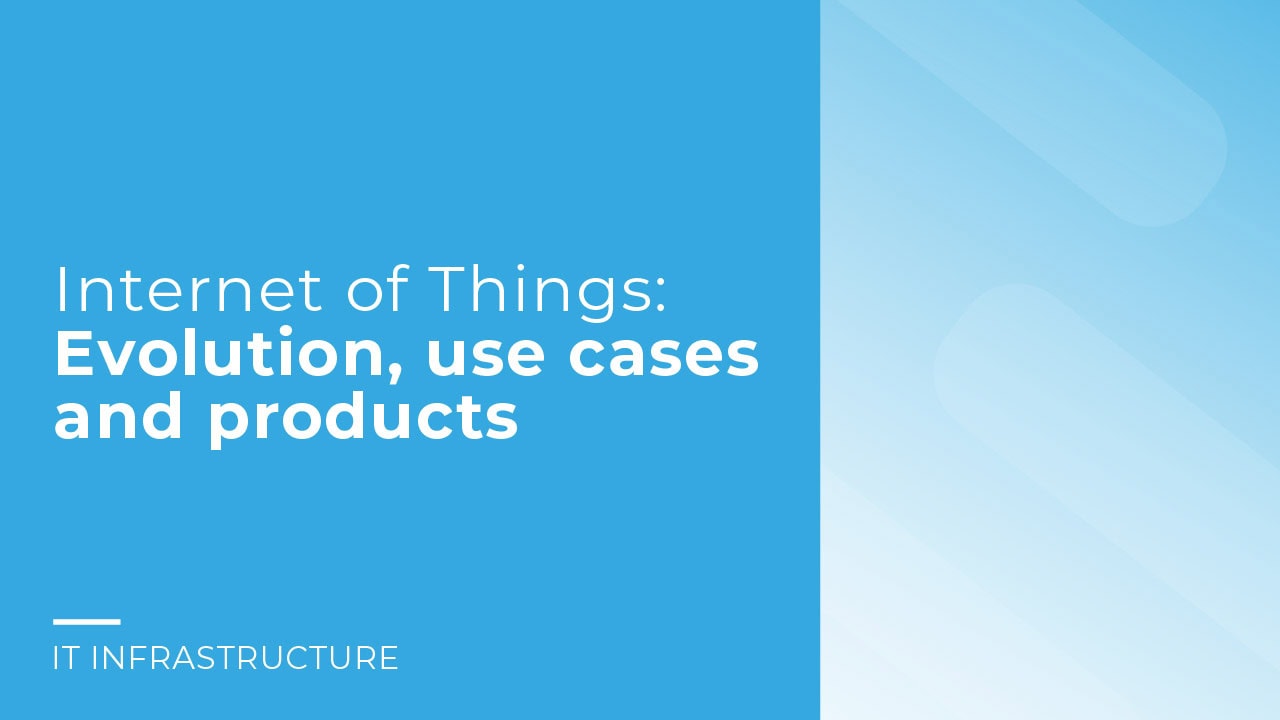
The Internet of Things is at the heart of our digital world and is fundamentally changing the way we live and work. It refers to the networking of physical devices that collect, analyze and evaluate data. From networked household appliances to industrial machines, the IoT enables automation and increased efficiency that goes far beyond conventional technologies.
The development of the IoT has not only set technological milestones, but has also created new opportunities for businesses and consumers, which we will explore in this blog post.
Internet of Things refers to the networking of physical objects that can communicate with each other and with the internet. These devices, from household appliances to industrial machinery, use sensors to collect and share data, enabling automated responses.
IoT devices are networked either locally or via the internet and are designed to make our everyday lives more efficient. It therefore enables direct communication between devices (machine-to-machine), allowing them to perform tasks independently and learn from experience. It is already present in many areas, such as robot vacuum cleaners, Apple AirTags and fitness wristbands.
Key features of the IoT:
The term “Internet of Things” was coined by Kevin Ashton in 1999. He used the term in a presentation on RFID chips, which enable automatic and contactless identification. The invention of the World Wide Web in 1989 by Tim Berners-Lee was decisive for the IoT. It developed through the combination of wireless technologies, MEMS, microservices and the internet.
Important milestones
The technologies and distribution
RFID tags and IPv6 addresses enabled the mass production of IoT devices. RFID tags track inventory in the industry. IPv6 solved the IP address problem and promoted smart home technologies. AI (artificial intelligence) is central to the IoT. Devices collect data, learn and adapt. Voice assistants store commands in the cloud and learn independently. IoT has evolved from experiments to a widespread technology and is now present in many areas of life.
The IoT automates data collection, transmission and processing using networked devices with sensors. The data is often sent to the cloud and analyzed there. IoT consists of a measuring instrument, a node (gateway/hub) and a user interface. The measuring instrument collects data and sends it to the hub, which processes or forwards it. The user interface enables commands and data visualization.
Technologies enabled by the IoT:
The IoT is crucial for companies to improve performance and increase customer loyalty. Data generated by IoT helps companies to optimize their operations and develop additional digital services. At the same time, IoT is essential for increasing the competitiveness of companies through the targeted use of networked devices. The IoT offers extensive benefits for many industries, including consumer goods, retail, smart home technologies, manufacturing, healthcare, transportation and logistics, production, industry and the public sector.
Benefits of IoT for companies
Advantages of IoT for customers
Possible disadvantages of the IoT
Network infrastructure

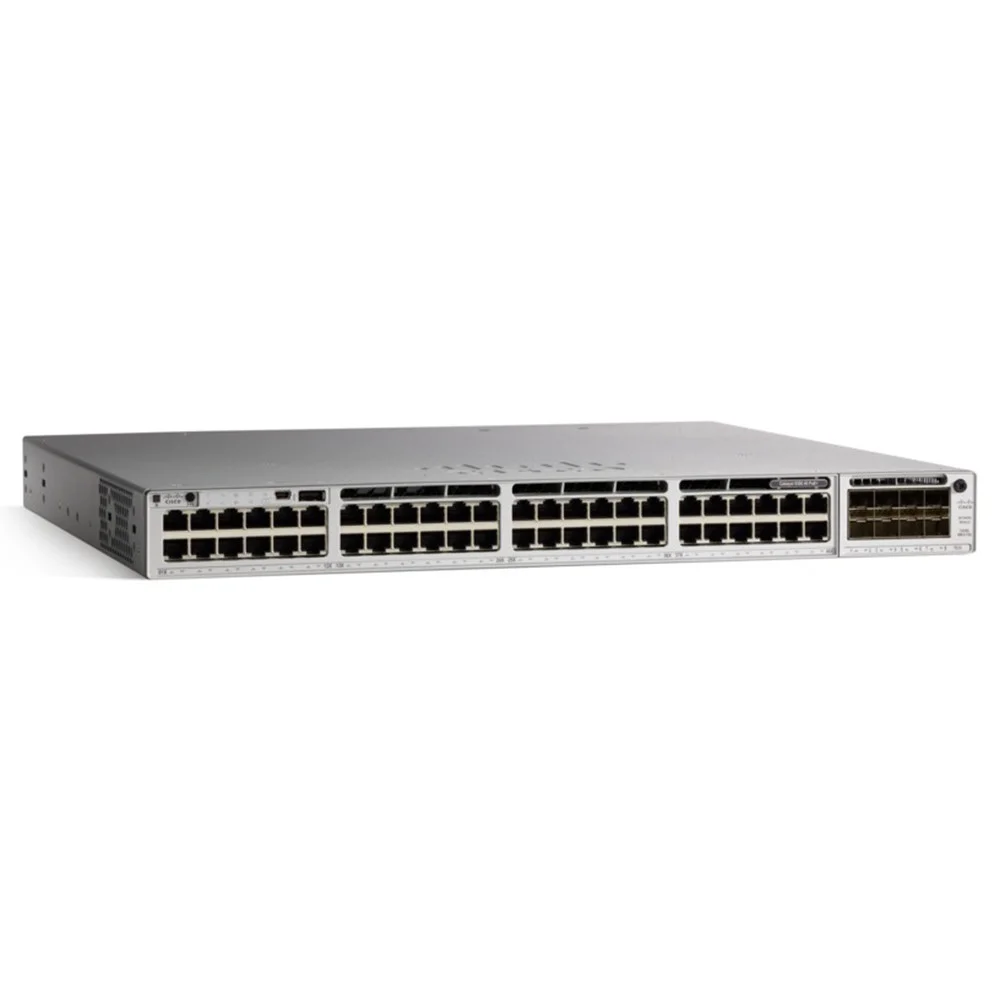

Smart Switches: Cisco Catalyst 9000 Series → Network switches with advanced features for network management, security and IoT connectivity.
Security
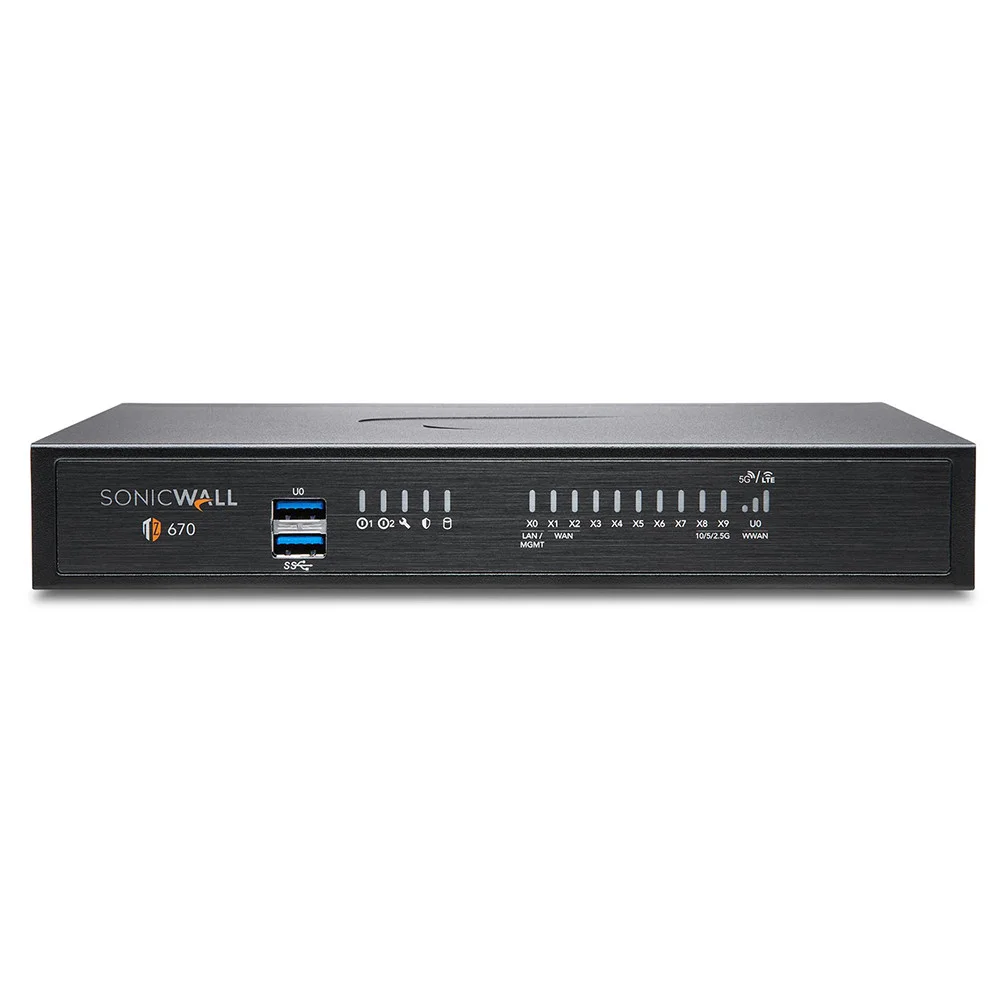
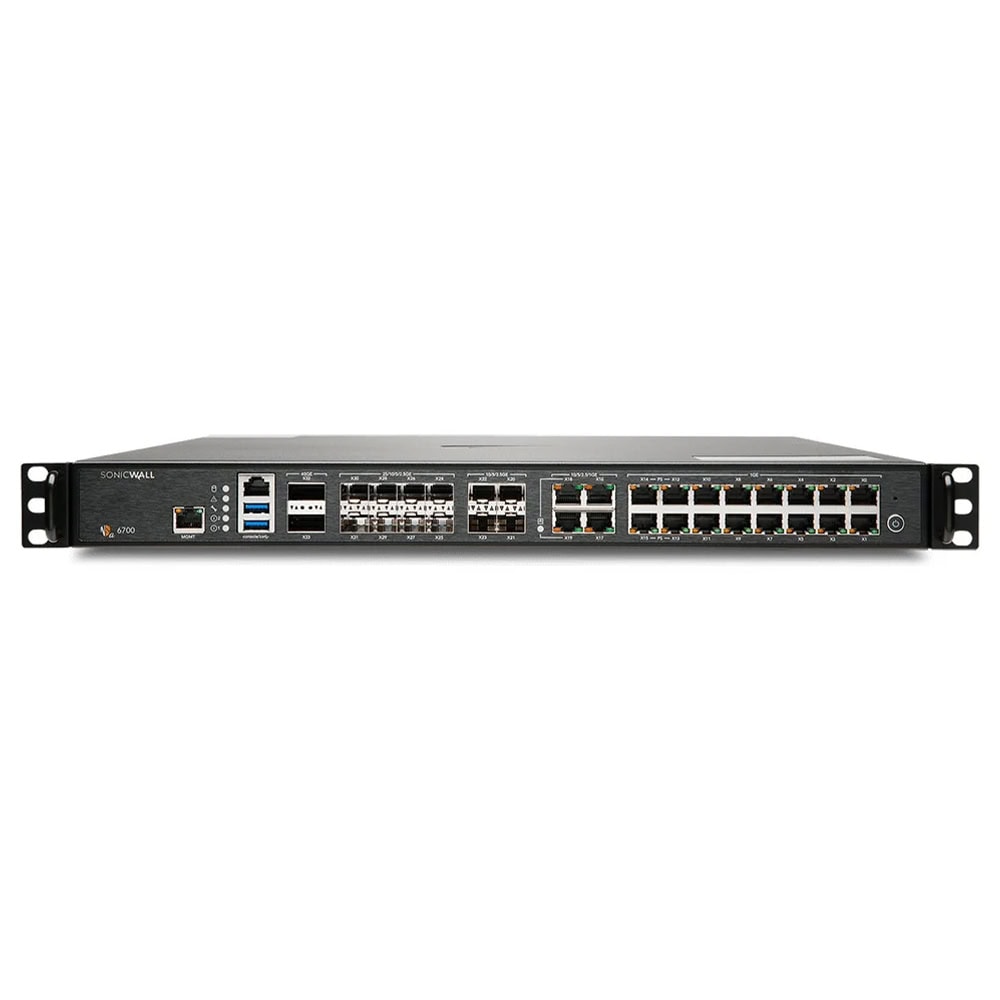

Next-Generation Firewalls (NGFW): SonicWall Firewalls → Protection against cyber threats, application detection and control, and integration of IoT security protocols.
Communication
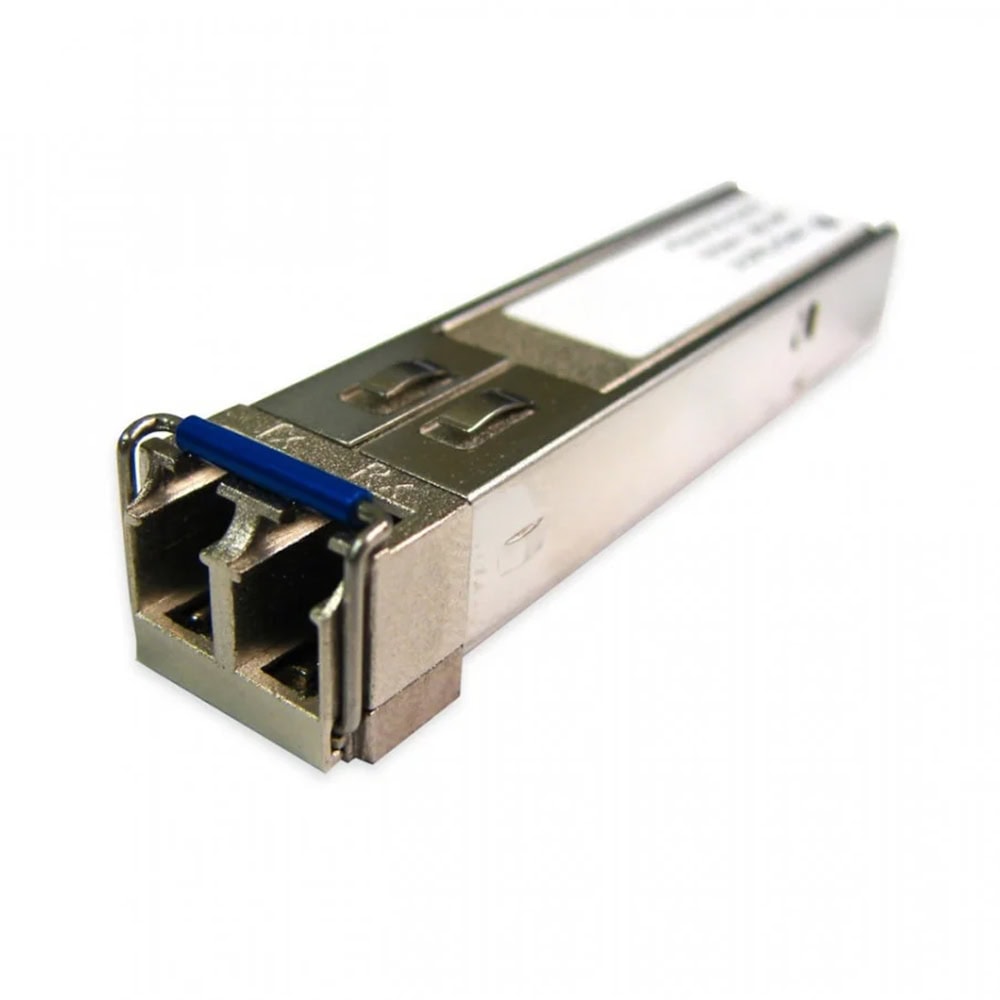
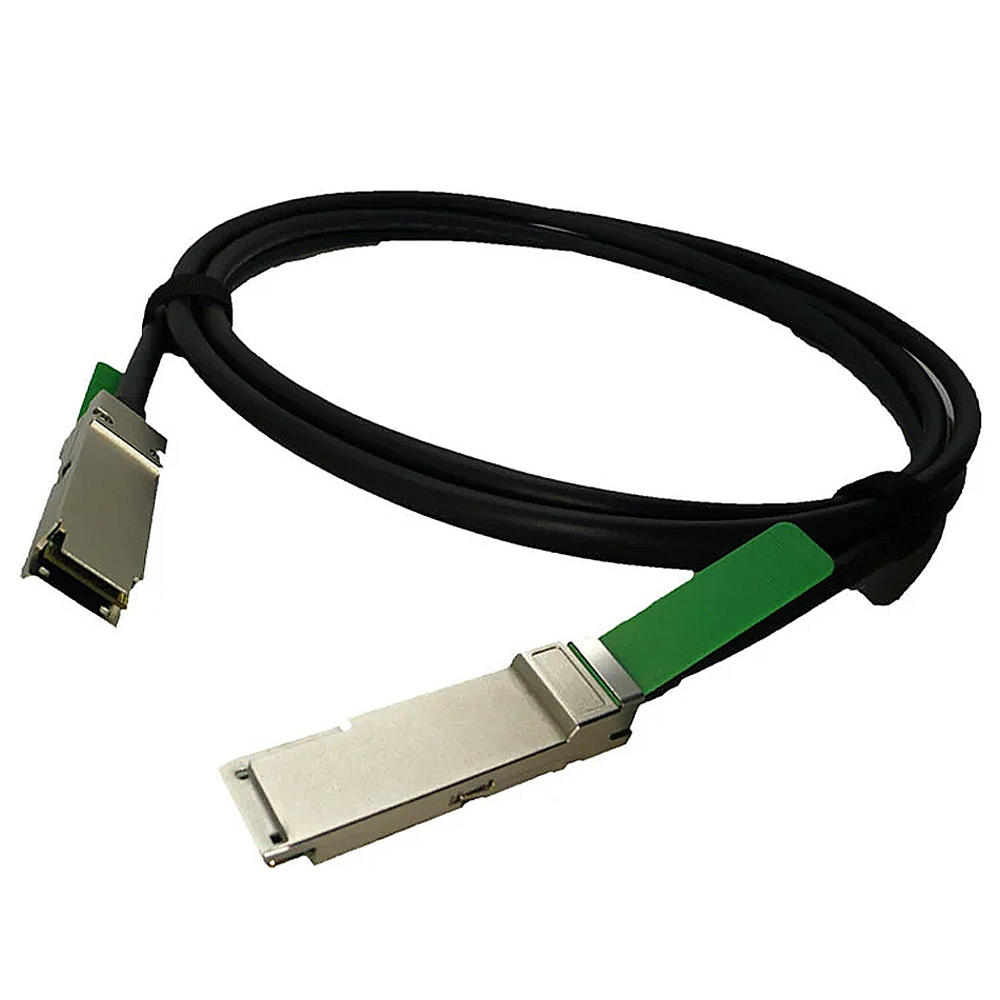
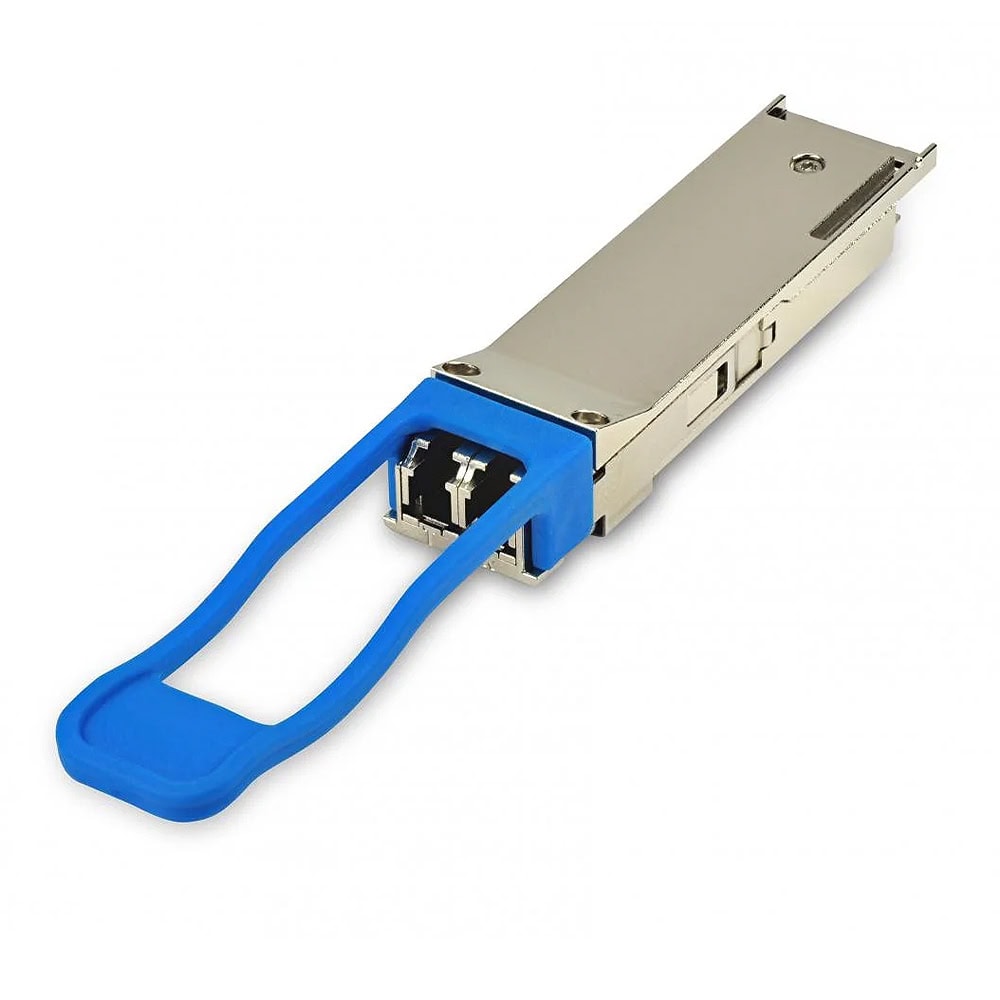
IoT transceiver modules: Juniper Gigabit Ethernet Transceiver → Wireless communication over long distances, often used in smart city and agricultural applications.
Power supply and management

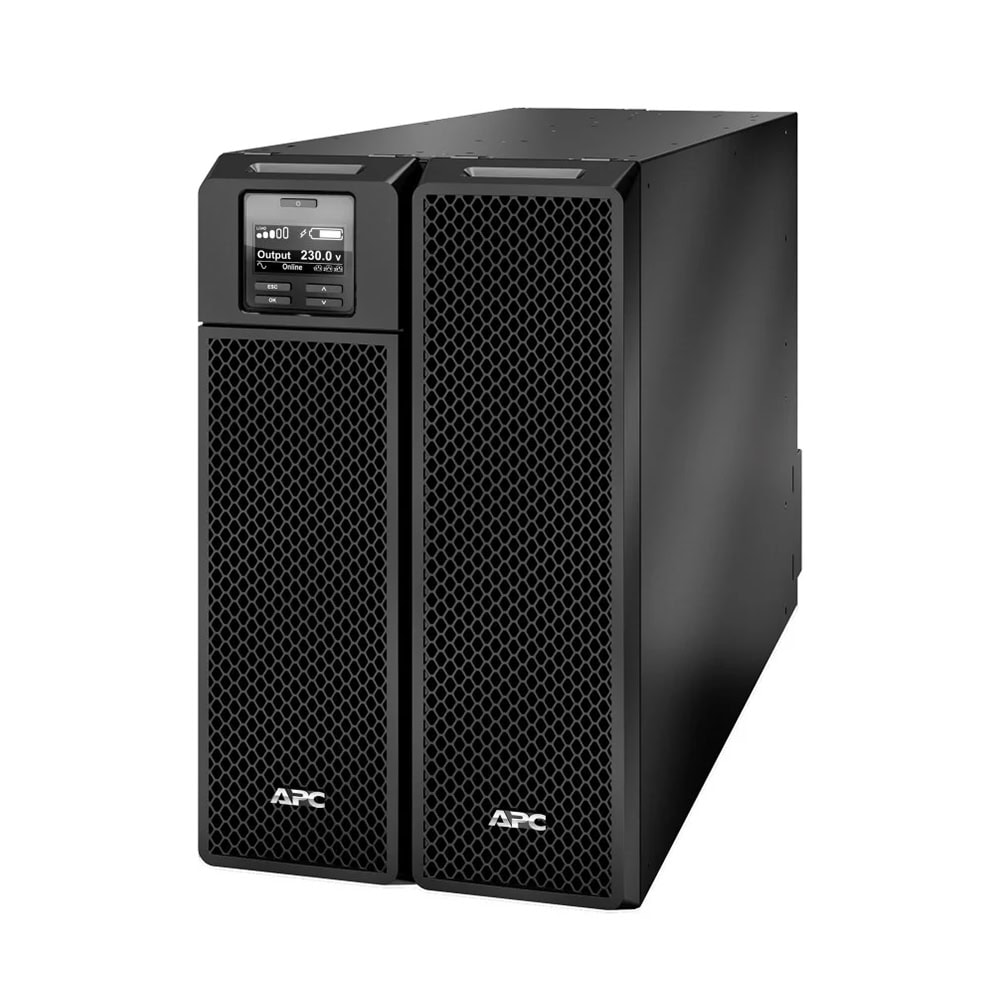
UPS systems: APC Smart-UPS → Emergency power supply for IoT devices and infrastructures, ensuring uptime and protection against power outages.
Further examples
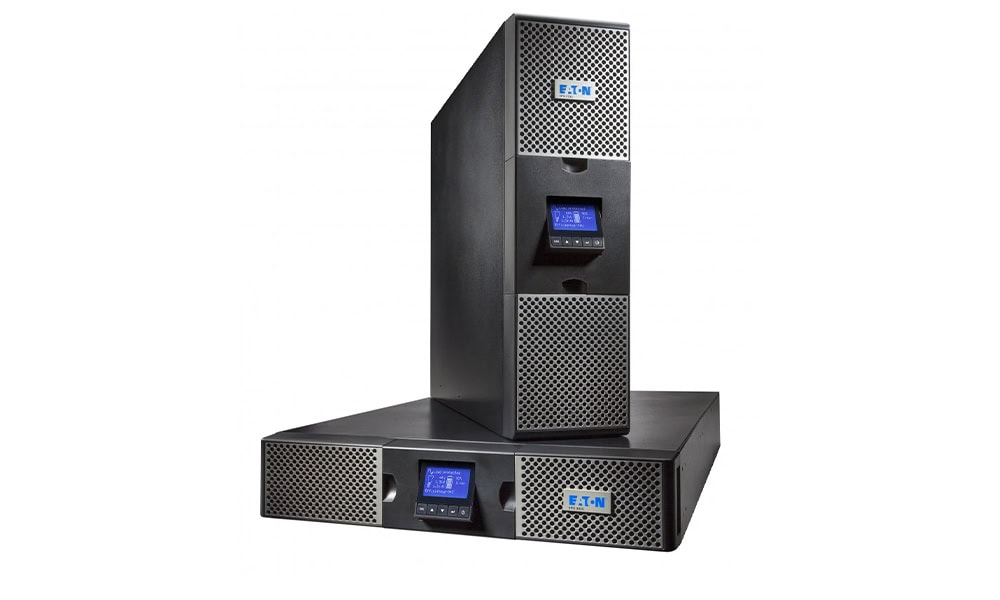
Network and server UPS: Eaton 5P/5PX, 9PX or 9SX series → Emergency power supply for network devices, management and monitoring via the network.
These devices and technologies are crucial for building, managing and securing IoT networks and infrastructures. Find out how you can further develop your IT infrastructure in our blog post “Build IT infrastructure and benefit from improved processes”.
The Internet of Things has become a key technology that is revolutionizing industries and transforming our daily lives. By connecting physical devices and integrating advanced technologies, the IoT enables more efficient operations, new services and an increasingly connected world.
In our online store, you can discover not only our selected product series, but also a variety of other products from well-known brands such as APC, Cisco, SonicWall and Eaton.